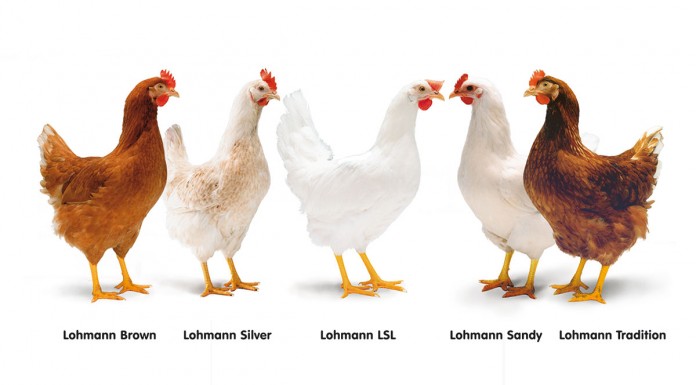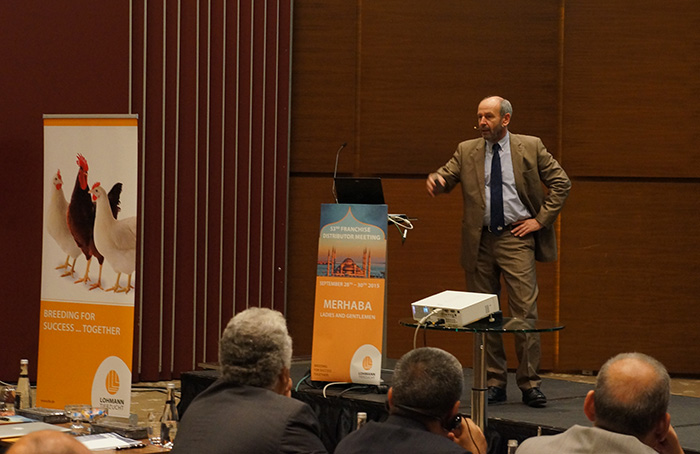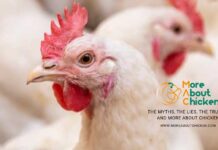
The 53rd Lohmann Tierzucht Franchise Distributor Meeting was held in Istanbul from 28 to 30 September, hosting interesting presentations. Prof. Dr. Rudolf Preisinger, Managing Director at Lohmann Tierzucht referred on the latest innovations and future advances in genetics at Lohmann Tierzucht. More than 220 distributors coming from all over the world attended the Meeting to be updated on the current Lohmann Tierzucht research and projects.
Prof. Dr. Rudolf Preisinger’s presentation was particularly interesting, focusing on the main future goals of layer breeding and on general improvement of selection. As he stressed, “selection should be focused on global market needs of the future in terms of longer production cycles, feed per number of saleable eggs, bird welfare and egg quality. It is important to concentrate our research and testing on traits determining the profit margin per hen housed, instead of traits ‘which are nice to have’, such as eggs with a strong shell per hen housed. Internal egg quality is indeed important, he said, but not crucial when defining profitability.”
Effective August 15th, Prof. Preisinger took over the new position as CTO for the EW layer breeding programs: Lohmann Tierzucht, Hy-Line, H&N and the leadership in R&D for layer breeding related topics including sex determination in the egg.
During his presentation, he highlighted the importance of improving those traits, which can ensure high profitability. As he said: “Our company’s main goal is to focus on current and future customers’ needs and it is crucial to know where we have to go in the next 5-10 years and what the global market is expecting in the future. Cage production systems are still dominating on the global egg scenario, and one of the main future issues will be to feed an increasing number of people in a more efficient way. Selection must not be focused only on current market needs, but rather on future global requirements in terms of longer cycles, feed, number of saleable eggs, bird welfare and egg quality. In this sense, it is important to set priorities, limiting the number of traits and keep focusing on the key ones, where we need to make more progress Lohmann Tierzucht will go on improving the quality of the eggs and the welfare traits, strengthening its position as a market leader in quality”.
Then, Prof. Preisinger explained how important is to adjust the feeding of birds to keep strong bones: “Layers calcium requirements should not be ignored, otherwise farmers will have problems with bone quality, resulting in birds’ health issues, such as soft bones and breakings. People call it “welfare”, but it is indeed a matter of profitability”.
He went on stressing the relevance of the egg’s cuticle, a natural proteinaceus covering of the egg representing a natural barrier against bacterial contamination of the egg content, including salmonella. “Egg is covered by the cuticle, a natural barrier, which help keep bacteria outside. Together with Scottish and Spanish scientists we developed a methodology to score the quality of the egg cuticle. A good scoring, meaning a good cuticle, will result in less contamination of eggs. At Lohmann Tierzucht, we are going to improve this natural protection of the egg by breeding tools”.

How to get ‘Better Bones’ was another interesting topic raised by Prof. Preisinger: “We have in project a selection index for better bones in chickens. Since more than 20 years we are doing basic research on osteoporosis and we currently use a measurement method based on ultrasound directly on live birds, without having to kill them. We establish a selection index, include the ultrasound measurements and add a genetic marker and some metabolic markers. By combining these 3 measurements, we are then able to score the bone quality in live birds. The combination of different traits offers a much better selection power and we have now the tools to select males for better bones.”
As far as the egg solids and the egg dry matter content are concerned, Prof. Preisinger stressed how relevant the yolk percentage or the egg dry matter content are, especially for the egg product industry, which prefers a higher nutrient value in eggs. He reported that at Lohmann Tierzucht, they are testing different procedures for the measurement of the egg nutritional value: “We are testing some devices for measuring the density of the dry matter content of the liquid. We are developing a methodology to test the dry matter content in the egg in a more correct and faster way, focusing on breeding in laying chickens to push the dry matter content trait”.
Lohmann Tierzucht is also focussing on welfare traits such as beak length and shape.
“We hope and assume that birds will reduce aggressiveness and the shape of the beak can be adjusted. In the near future, the beak of the Lohmann Brown will be less harming, so that there will be less feather damage and cannibalism. These traits can be added to our selection program because there is no negative correlation with other traits”. He concluded summarizing the key points of Lohmann Tierzucht selection such as the company’s focus on getting a persistent rate of lay and egg quality, combining genetic markers and new recordings tools, including welfare traits. In this sense, he reminded that pure line birds are tested up to 100 weeks, as clearly illustrated at the previous meeting, which was held last year in Canada.
“The Lohmann Tierzucht normal procedure of a breeding program involves bird getting a pedigree passport, undergoing a cross-line test, being reared in cage where their behaviour, performances, egg quality, and a long list of traits are all recorded and then we decide which are the best. The selection index has already been established, but we have also started analysing the genomic breeding values for the next generation of Lohmann Brown and we are selecting the next generation of males based on this genomic information. We are taking blood samples during the first days of life, extracting the DNA, analyzing it, putting into a computer, where we get the selection list, able to predict everything on the bird.
Also, we are extending our test beyond the 100 weeks and we will do a second selection reproduction. This way, we are combining the established program with an extended testing period and a second reproduction cycle, getting the support from the selection index available on the computer and genomic information in order to determine, which are the best traits for further programs. We have invested in facilities and extended the testing period combining it with genomic information. Based on this comprehensive approach, we are more than confident we will make more genetic progress and focus on a wider range of traits without sacrificing our annual progress on saleable eggs per hen housed.”

















